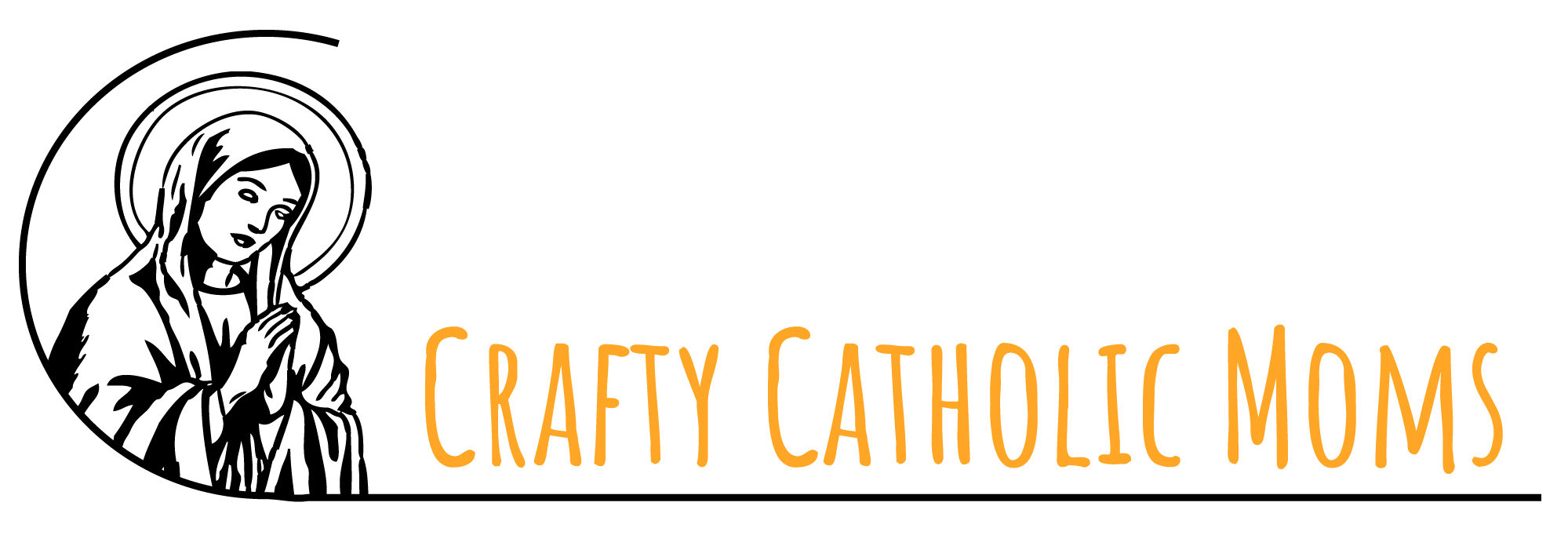What is the Divine Mercy?
In the 1930s, a young nun in Poland named Maria Faustina Kowalska began receiving extraordinary graces. In her revelations, many of which are recorded in her diary, Christ asked her to spread His message of mercy to the entire world, and to dedicate the first Sunday after Easter as his “Feast of Mercy.”
He also asked that she commission a painting of him. This famous work portrays Christ with rays of red and white streaming from his heart, and the words, “Jesus, I Trust in You.” written below.
Entry 699 in St. Faustina’s Diary reads:
“My daughter, tell the whole world about My inconceivable mercy. I desire that the Feast of Mercy be a refuge and a shelter for all souls, and especially for poor sinners. On that day the very depths of My tender mercy are open. I pour out a whole ocean of graces upon those souls who approach the fount of My mercy. The soul that will go to Confession and receive Holy Communion shall obtain complete forgiveness of sins and punishment. On that day are opened all the divine floodgates through which graces flow. Let no soul fear to draw near to Me, even though its sins be as scarlet. My mercy is so great that no mind, be it of man or of angel, will be able to fathom it throughout all eternity. Everything that exists has come from the very depths of My most tender mercy. Every soul in its relation to Me will contemplate My love and mercy throughout eternity. The Feast of Mercy emerged from My very depths of tenderness. It is My desire that it be solemnly celebrated on the first Sunday after Easter. Mankind will not have peace until it turns to the Fount of My mercy.”
Pope John Paul II dedicated the Second Sunday of Easter as Divine Mercy Sunday around the time St. Faustina was canonized.
How to Participate in the Promises and Indulgences of Divine Mercy Sunday
Divine Mercy Sunday comes with the opportunity for not only extraordinary graces, but also indulgences. In fact, the teachings on indulgences are linked to this Sunday’s Gospel, as is Confession, in the words, “Whose sins you forgive are forgiven them, and whose sins you retain are retained.”
To receive the graces, each person must worthily receive Holy Communion on Divine Mercy Sunday and make a good Confession. You also need to stay in a state of grace and trust Christ’s Divine Mercy.
TheDivineMercy.org explains that St. Faustina recorded Christ’s promises as:
“I want to grant a complete pardon to the souls that will go to Confession and receive Holy Communion on the Feast of My mercy (1109).”
“Whoever approaches the Fountain of Life on this day will be granted complete forgiveness of sins and punishment (300).”
“The soul that will go to Confession and receive Holy Communion will obtain complete forgiveness of sins and punishment (699).”
On top of those graces, you can also receive a plenary indulgence. To do this, you need to:
- Make a good Confession
- Receive the Eucharist
- Pray for the Pope’s intentions
- Either: Participate humbly and devoutly in the prayers and devotions held in honor of Divine Mercy Sunday in any church or chapel Or: recite the Our Father or the Creed in front of the Tabernacle while it contains the Eucharist, or during Adoration when the Blessed Sacrament is exposed. In either case, you need to add a devout prayer to the merciful Lord Jesus.
For all of the details on this devotion to the Divine Mercy, check out EWTN.
Wondering what an indulgence is? Kendra Tierney over at CatholicAllYear has a great explanation.
Need a good resource for your kids for Confession? Here’s one Examination of Conscience for kids! There are also a few tips over at CatholicIcing.com.
And how about some craft ideas with free printable/free cut-able to do with your kids?
Finally, here’s a reflection and mad lib for moms from last year on the Divine Mercy Sunday Gospel reading.




